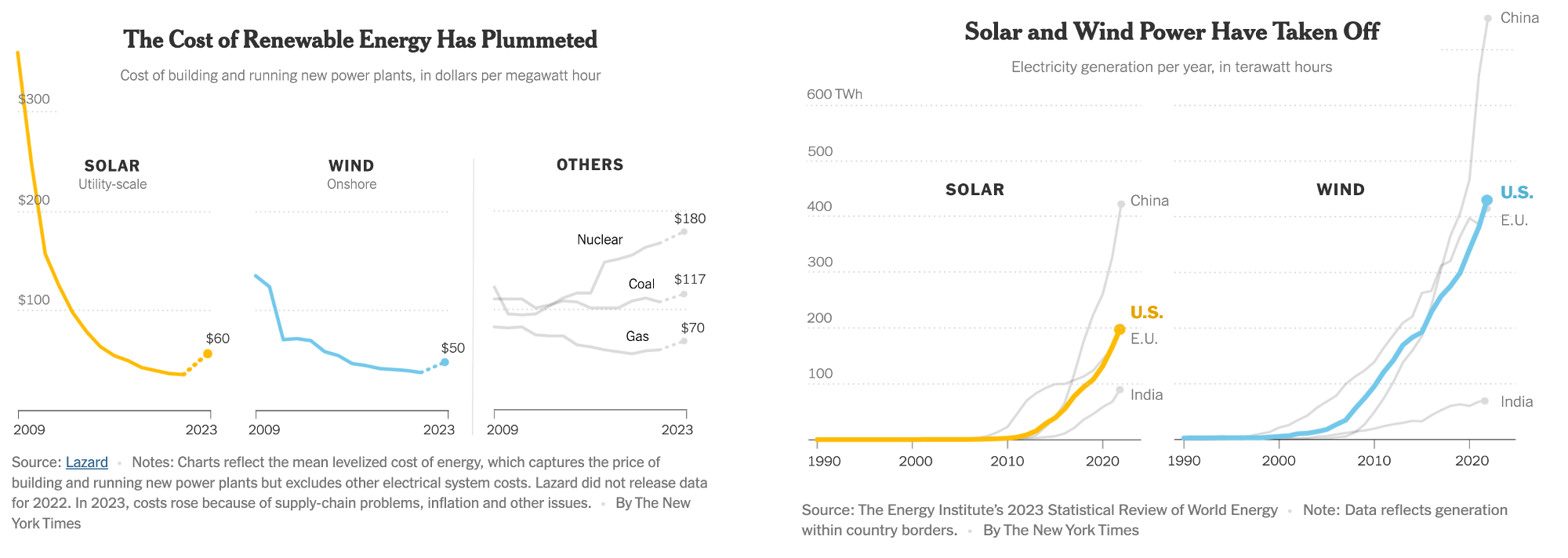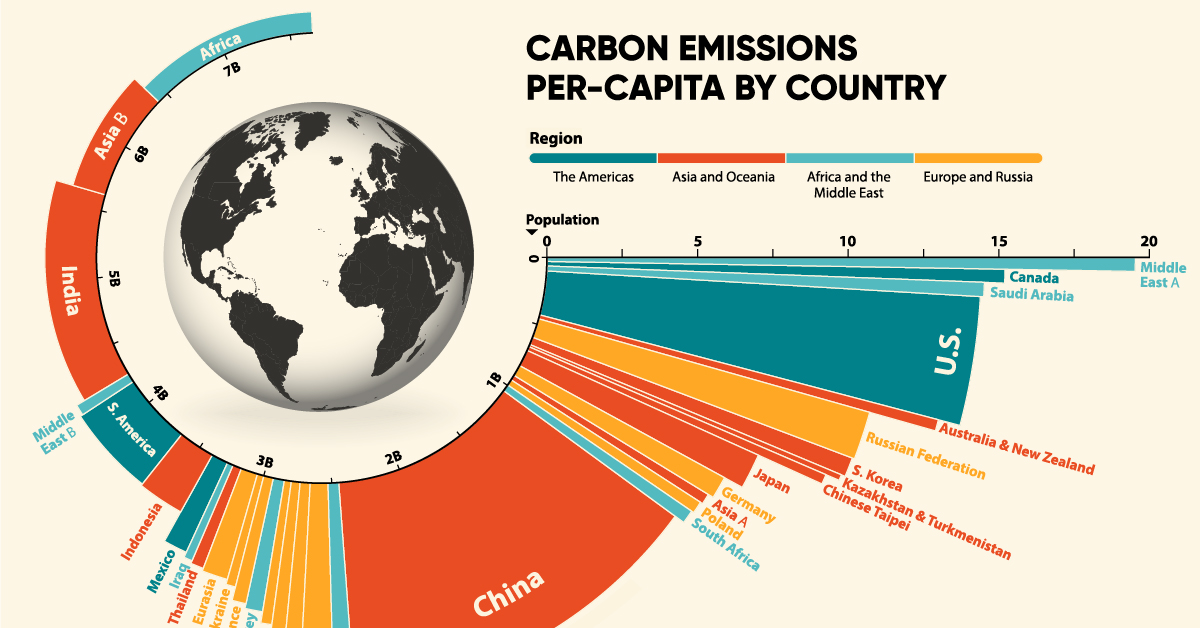Climate Change Data Visualization
Overview
Climate change is a global phenomenon with far-reaching impacts on the environment, society, and the economy. Data related to climate change encompasses various aspects, including temperature trends, greenhouse gas emissions, sea level rise, extreme weather events, and the health of ecosystems.
Temperature Trends:
Global average temperatures have been rising steadily over the past century, with the most significant increases observed in recent decades.
Data from temperature monitoring stations, satellites, and other sources show clear evidence of this warming trend.

Temperature
Temperature records are fundamental to understanding the extent and pace of climate change. Surface temperature measurements collected from weather stations provide a wealth of historical data, offering insights into long-term trends and regional variations. These records are complemented by satellite-based observations, which offer a global perspective and help fill gaps in coverage, especially in remote or inaccessible regions. Additionally, paleoclimate data derived from natural archives such as ice cores, tree rings, and sediment layers provide valuable insights into past climate conditions and variability over millennia. Together, these temperature datasets allow scientists to track changes in global and regional temperatures, identify patterns of warming, and assess the role of natural variability versus human-induced factors. only inform our understanding of climate dynamics but also serve as critical inputs for climate models, helping improve their accuracy and predictive capabilities. Temperature data are indispensable for policymakers, enabling evidence-based decision-making and the formulation of effective climate policies aimed at mitigating greenhouse gas emissions and adapting to a changing climate.

Sea Level
Sea level rise over time.Sea levels have risen steadily since the late 19th century, with an average increase of about 1.8 millimeters per year during the 20th century. In recent decades, the rate of rise has accelerated to approximately 3.3 millimeters per year due to the rapid melting of polar ice caps and glaciers, along with thermal expansion of seawater. Satellite observations since the early 1990s have provided precise measurements, revealing regional variability and highlighting the vulnerability of coastal areas. Projections indicate continued sea level rise throughout the 21st century, with potential impacts including increased flooding, erosion, and habitat loss. Adapting to rising seas is crucial for protecting coastal communities and ecosystems from the consequences of climate change.

Carbon Emissions
Carbon emissions have been on a steady upward trajectory since the onset of the Industrial Revolution. The burning of fossil fuels for energy, industrial processes, and transportation is the primary driver of carbon dioxide (CO2) emissions. Throughout the 20th century, emissions surged as economies expanded and energy demand increased. This trend has accelerated in recent decades, particularly with the rapid industrialization of emerging economies like China and India. Despite efforts to curb emissions through renewable energy adoption and efficiency improvements, global carbon emissions continue to rise, fueled by ongoing reliance on fossil fuels. The Intergovernmental Panel on Climate Change (IPCC) warns that unchecked emissions pose severe risks, including temperature rise, extreme weather events, and sea level rise. To mitigate climate change, international agreements like the Paris Agreement aim to limit global warming by reducing greenhouse gas emissions. Transitioning to low-carbon energy sources, enhancing energy efficiency, and implementing carbon pricing mechanisms are essential steps toward achieving emissions reductions and combating climate change.

Global Temperature Change (1850-2017)

No comments:
Post a Comment